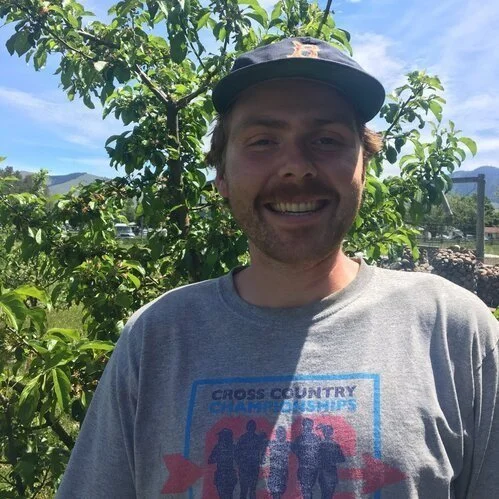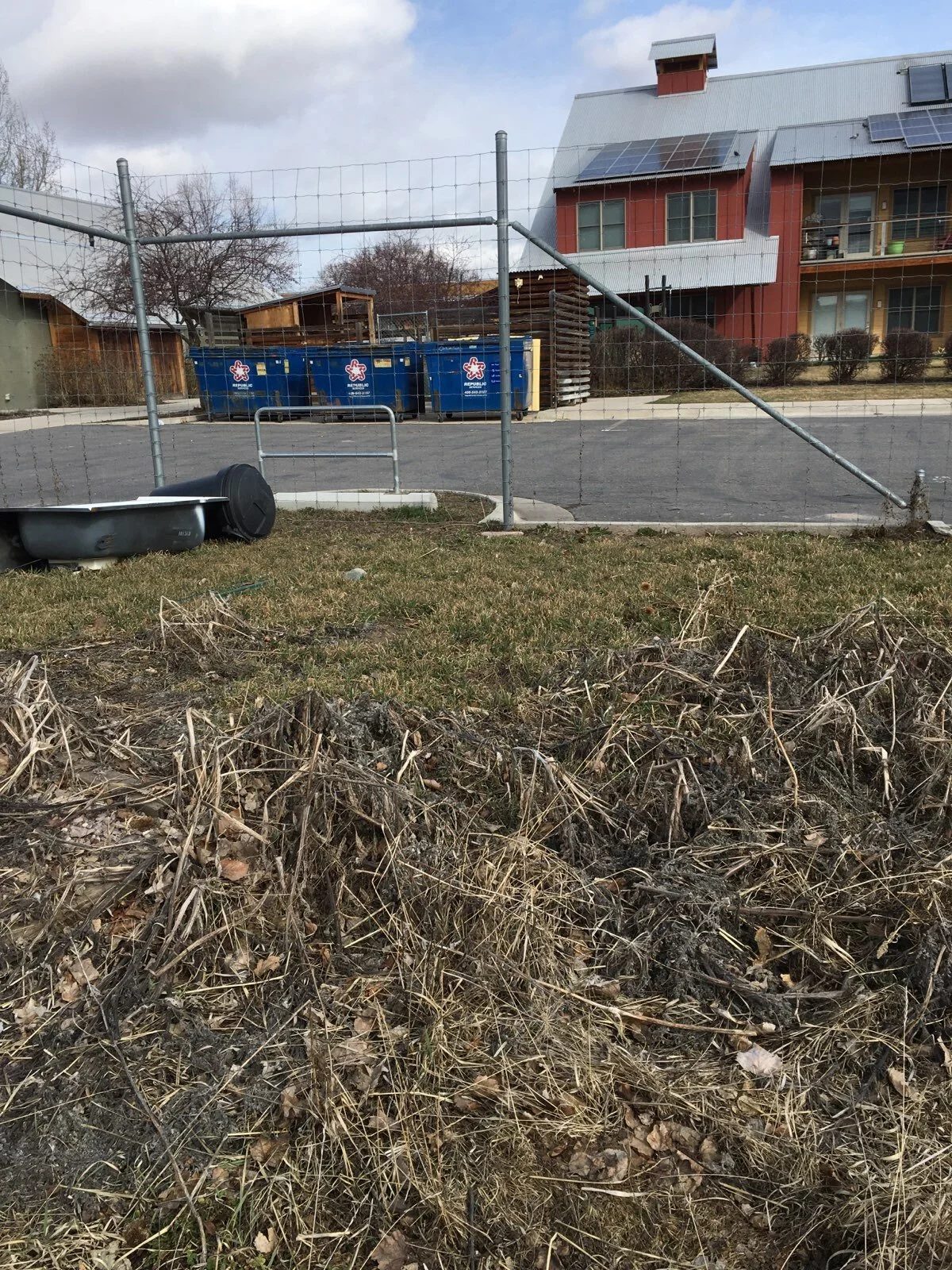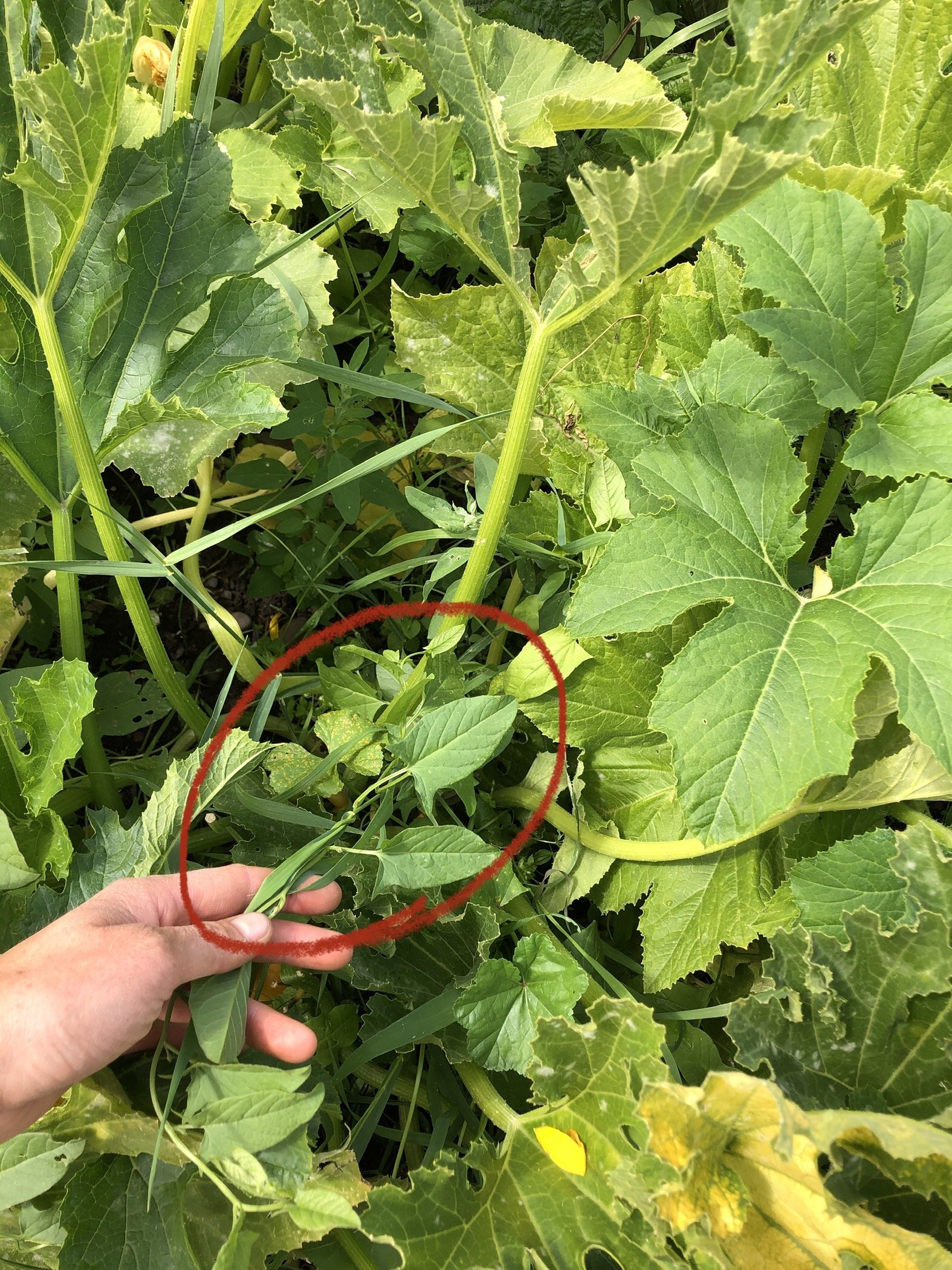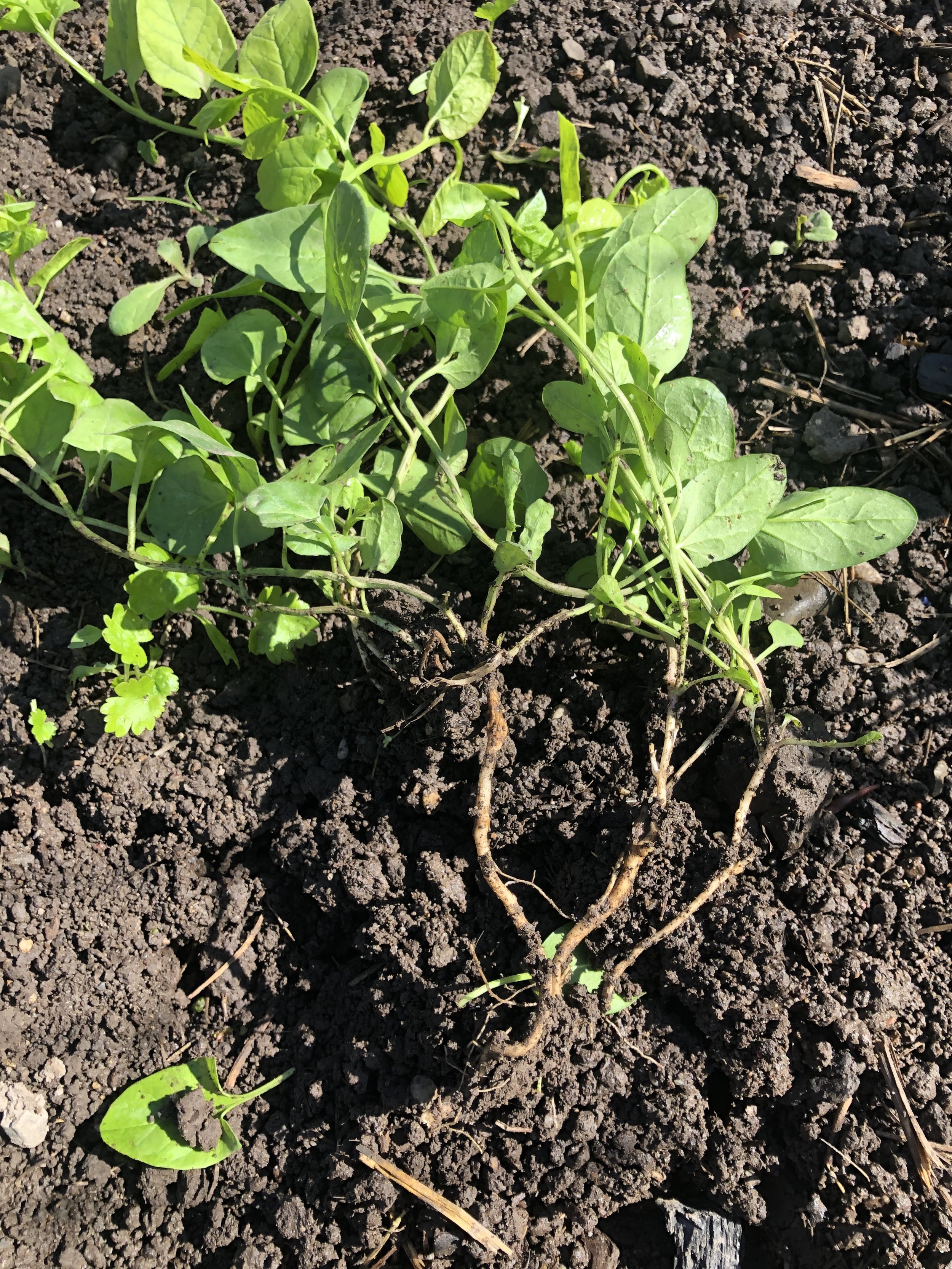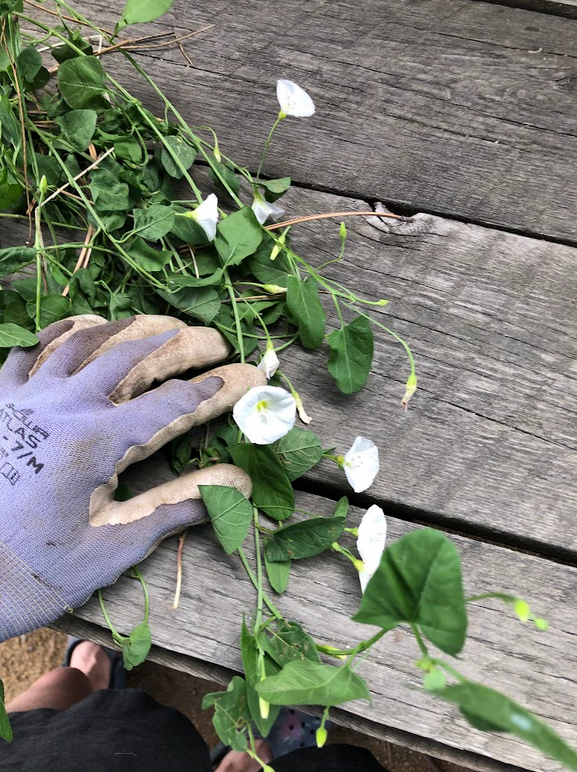Orchard Gardens Orientation
Liam Cody
Orchard Gardens Farm Director
Hello and welcome to Orchard Gardens Community Garden!
The Orchard Gardens site was established in 2005 in partnership with Homeward, and is home to not only the community garden, but Orchard Gardens Neighborhood Farm. Liam Cody manages the Farm and Garden there—you’ll probably see him and other farm staff around often this season. (To learn more about our nine other community garden sites, click here).
There is a lot of activity at this site, and so it is especially important to watch the orientation videos and read all of the important information below. We hope that with an understanding of all the pieces that make up this garden site, you will help us care for it and keep it functioning and thriving for the benefit of everyone.
Important House Keeping Items:
Always close the gates when you leave to keep deer and dogs out.
Communicate with your garden neighbors! Here is the link to Orchard Garden’s private gardener Facebook group. This is a great way to communicate with fellow gardeners and stay up to date with other happenings or updates in the garden.
Remember, all gardeners are required to fill at least three service hours helping to maintain the greater community garden and communal areas.
For issues or inquiries, contact the Farm Staff or the Community Gardens Staff (contact info posted in shed).
Garden Shed and tools
The red shed shown below houses communal garden tools, wheelbarrows, and hoses for your use at the garden. The chalkboard on the door is used for general communication—if you see a note on here please read it! Notes will often include messages about free starts. Posted inside the shed is the contact information for Garden City Harvest staff. A first aid kit, important safety information, and other documents will be posted in the shed too. This shed is shared among gardeners and farm staff, so please be extra sure to put tools back where you found them at the end of the day. Also inside the shed, you’ll find resources on gardening, a recipe card box to log your three service hours, and free seeds.
water
There are three spigots for use in the garden. The first one is near the raised beds, another hose will be hung on the hose hanger in the central garden. The last hose will be attached to the blue frost free hydrant in front of the greenhouse. If you use the frost free hydrant, please return it to the state you found it in after use. This hose feeds the greenhouse, so if the handle is up, it’s in use there and you can leave it up when you’re done watering. If you found it with the handle down, please return it to the down position once you’re done.
Spigots and garden hoses are communal and shared among all gardeners. When done with the hose, please coil it up, so it is not a tripping hazard. Also, release the water pressure in the hose by opening the hose nozzle after turning off the water at the spigot. This will help our hoses last longer because water that sits in a hose will expand in the heat and cause the hose material to break down faster.
Soil amendments
Compost
This garden has a “house” compost system made out of pallets next to the shed. This is for vegetable scraps from your garden and kitchen. It fills up fast, so if you’ve got a lot to deposit, please do so in the piles we’ll discuss below. DO NOT ADD WEEDS, FIBROUS PLANT STALKS, ANIMAL PRODUCTS, PAPER PRODUCTS, TRASH OR COMMERCIAL-GRADE COMPOSTABLE ITEMS. These items will not break down in our simple bin system.
All inputs start at the farthest left bin and are turned (moved with a digging fork or shovel) to the next bin as they break down to make room for fresh scraps! The decomposed compost in the farthest right bin is good to use in your garden - help yourself! Keep in mind, this compost system doesn’t break down on its own. It requires time, water, and attention. If the compost starts to smell, it either doesn't have enough carbon (straw) or it needs to be turned (which gives it oxygen and reduces the smell). During the hot summer months, the compost needs to be watered frequently (every day or every other day.)
If you’re pulling a large amount of plants from your garden, please carry them to the farm compost piles. These are behind the greenhouse to the left, if you’re facing away from the greenhouse. Gardeners are encouraged to take from the pile of finished compost and add to their gardens. These will be designated by signs.
Manure
Garden City Harvest brings in composted manure every spring for community gardeners to help supplement their garden soil. Each garden plot is allotted two 5-gallon buckets of manure each spring. Check with the farmers to understand which pile is manure that community gardeners can take from.
Gardeners are also encouraged to build their own soil by bringing in other amendments as long as it does not have chemicals, bio solids (treated sewage), or synthetic fertilizers. Check out our Sustainable Growing Guidelines for more information.
Straw
You might find straw bales from last fall near the shed. These are for community gardener use as well. We recommend you use straw only for mulching garlic and overwintering crops. Unfortunately, due to rising prices of straw and diminishing local sources, Garden City Harvest cannot provide every gardener with straw and ask those who have the means to purchase your own straw in the fall. If you do use the straw we provide, please limit your use to 1/2 bale per plot. We also strongly encourage you to use leaves if you have them available as they are a great mulch for your overwintering soil. Straw can be found at Ace Hardware, Murdochs, CHS Mountain West Co-op, and local nurseries.
Please place used straw that you rake off your plot next to the compost bins to be mixed in with the vegetable scraps.
COMMUNAL AREAS
There are picnic benches in front of the greenhouse. If there is a note about free starts on the shed door, this is where you’ll find them.
Another communal resource for gardeners are the fruit trees planted in the open space when you first walk into the garden. Fruit here is to shared among all the gardeners.
Picnic table where you’ll find free starts. Please be mindful that the farmers also use this area, and may need the space.
This area now has fruit trees!
MOST WANTED weeds
Weeding is a fundamental part of gardening and should be done weekly. If you keep up with it using a hoop (hula) hoe, it should take no more than an hour a week to keep your plot clear of most weeds. If you choose to weed less often, the task will get exponentially more difficult, and you will be on your hands and knees digging out weeds. Keep your eyes out for notices about weeds throughout the growing season. Watch the video tutorials and look at the photos below for weeding tips, and if you have any questions about weeds, please ask!
While there are many garden weeds, we have two problem plants on the site - quack grass and bindweed. Bindweed must be thrown in the trash, not added to the compost. All other weeds can be added to the current farm compost pile.
Bindweed
Our #1 villain at Orchard Gardens. There will be some in every garden plot to varying degrees, so we need everyone to keep on top of it. Bindweed is a perennial that is very sneaky—try to weed before it flowers and spreads seeds. Pull out the entire root and put in the trash, not the compost. It has arrow-shaped leaves, white/pinkish flowers, and vines around anything near it.
Quackgrass
Quackgrass is a perennial grass with white, wire-like roots (shown below). When pulling, use a digging fork to try to remove as much of the rhizome (underground spreading stems) as possible. See video below.
White roots from quackgrass

